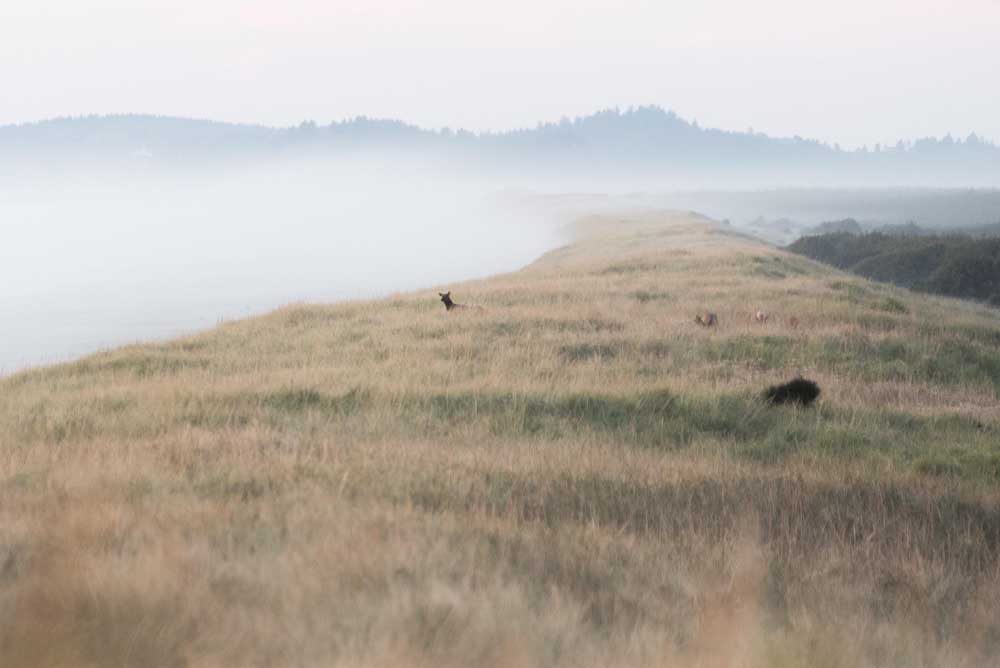State discusses elk damage tag program on North Coast
Published 10:00 am Wednesday, November 1, 2023

- Elk graze in the dune grass as fog rolls into the shore at Fort Stevens State Park.
GEARHART — An average of 150 to 200 damage tags are issued for elk each year in Clatsop County under the Oregon Landowner Damage Program.
Trending
Paul Atwood, the North Coast district wildlife biologist for the state Department of Fish and Wildlife, presented the figures at a City Council work session on Monday night. Over the past several weeks, residents complained to city leaders and on social media after learning that more than 75 elk were killed on private property on unincorporated land between Gearhart and Warrenton from 2020 to 2022 under the state program.
A decade ago, the state Legislature directed the Department of Fish and Wildlife to create the Oregon Landowner Damage Program to address damage caused by elk on privately owned lands.
Atwood, who has been involved in combating elk damage on Clatsop Plains for years, said the property owned by Craig Weston — where more than 75 elk were killed — was one of many in the county where damage tags have been issued.
Trending
“The Oregon Landowner Damage Program is popular because it’s effective,” he said.
City Councilor Dana Gould and City Councilor Sharon Kloepfer said they received a number of questions from constituents regarding accountability.
“Is there a website we can go to to track who is hunting these, and where the damage tags are given?” Gould asked. “It goes back to accountability, they’re wanting to know, how can they get more information about what’s happening?”
Atwood responded that there is no public database for identifying participants in the program or tracking damage tags and emphasized that the Department of Fish and Wildlife does not seek public input before issuing the tags. Instead, he suggested that people start conversations with their neighbors if they have concerns about who is seeking damage tags.
“These are their animals, they want to know what’s happening to them,” Gould said. “It’s not fair to tell them, ‘You don’t get to know, because we’ve got to protect the hunters.’ Protect your hunters, but tell us how many are being taken and where they’re being taken.”
Atwood said that if people want specifics about the program, they can submit public records requests.
Russell Torres, a resident, said he and his wife submitted a public records request weeks ago and were informed there are delays because of staff vacancies and an increased number of requests.
Torres believes the damage tag information will reveal potential abuses of the program.
Gearhart and Warrenton are involved in a separate initiative to manage elk herds on the North Coast. The Clatsop Plains Elk Collaborative, an effort guided by Oregon Solutions over the past several years, is intended to respond to interactions between elk and humans that raise questions about safety and property damage.
Culling elk has been discussed as an option to manage herds.









